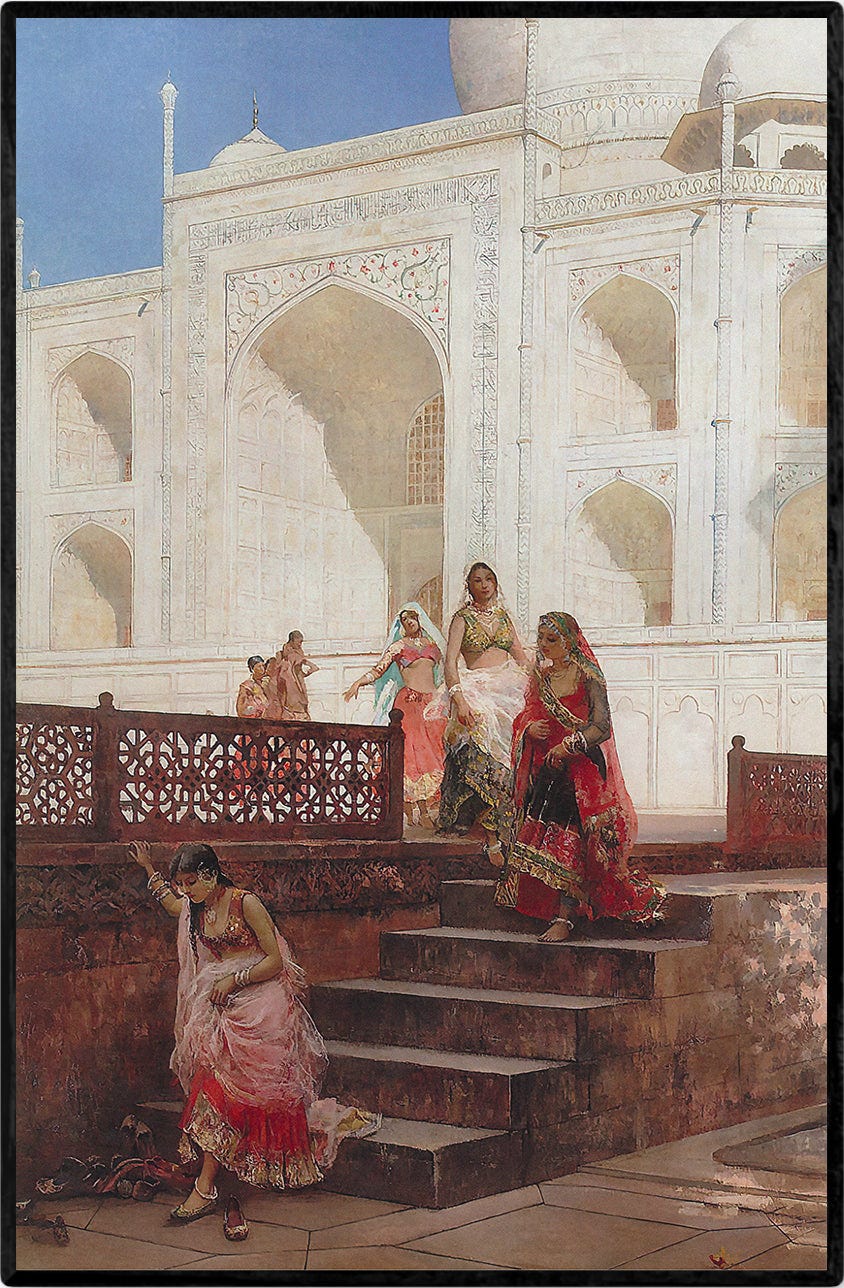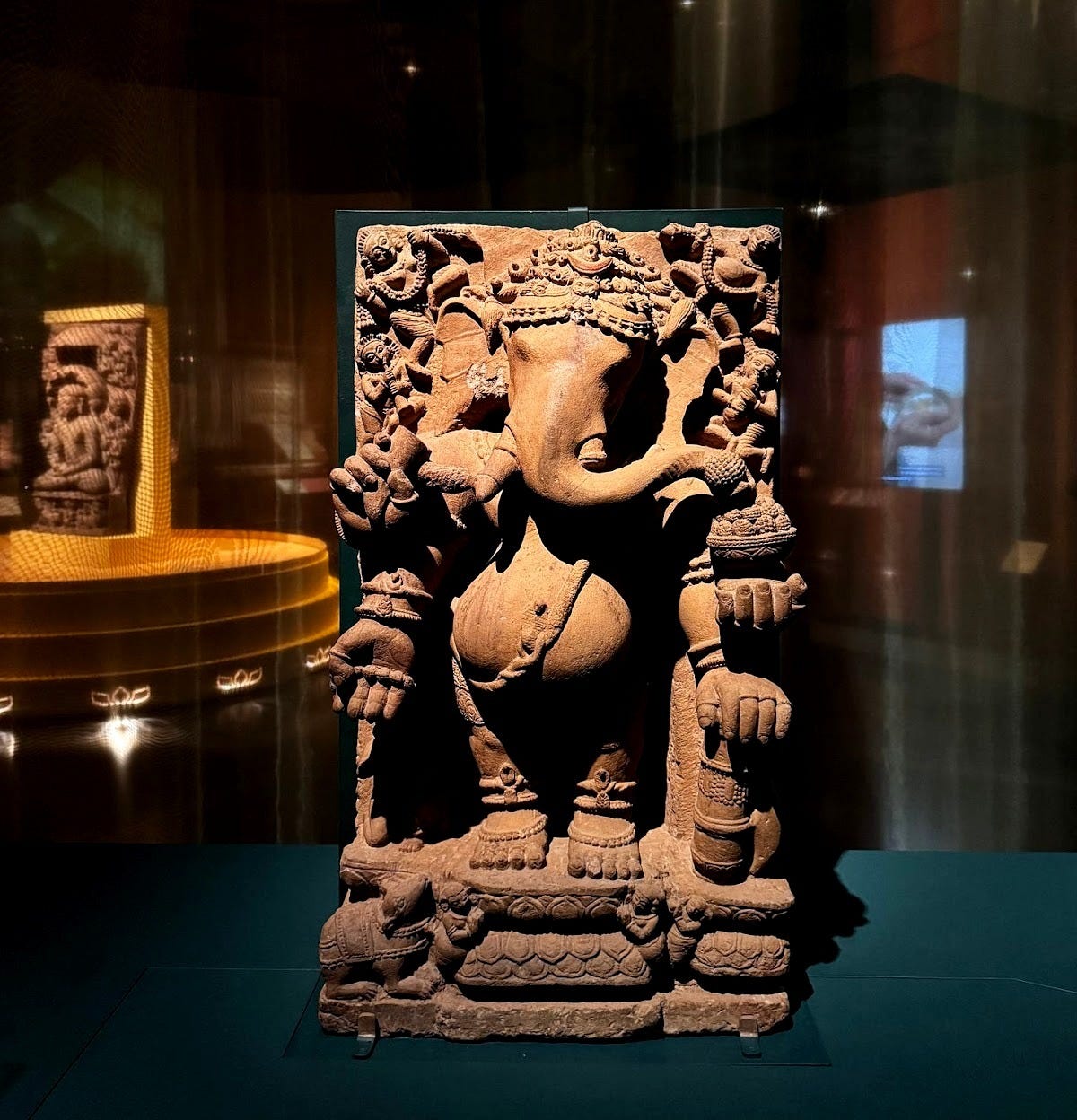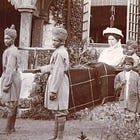Welcome to the Brown History Newsletter. If you’re enjoying this labour of love, please do consider becoming a paid subscriber. Your contribution would help pay the writers and illustrators and support this weekly publication. If you like to submit a writing piece, please send me a pitch by email at brownhistory1947@gmail.com.
Don’t forget to check out our SHOP and our Podcast.

Recommended Reads:
Can Curation Heal Colonial Theft?
At the British Museum's new Indian exhibit, the gods are still silent behind glass.

I’ve never been able to walk through the British Museum without a flicker of discomfort. The beauty is undeniable, but so is the history that brought much of it here. So when I finally visited Ancient India: Living Traditions — a new exhibition tracing two millennia of Hindu, Jain, and Buddhist sacred art — I expected the usual unease. What I didn’t expect was to also feel moved. The exhibition had been curated with a level of care that surprised me: provenance was not just acknowledged but traced, names and dates included, colonial routes outlined, and community voices consulted. Hindu, Jain, and Buddhist groups were invited to help shape how the stories were told. It didn’t excuse the past, but it didn’t obscure it either, and that, in its own way, made the discomfort sharper.






